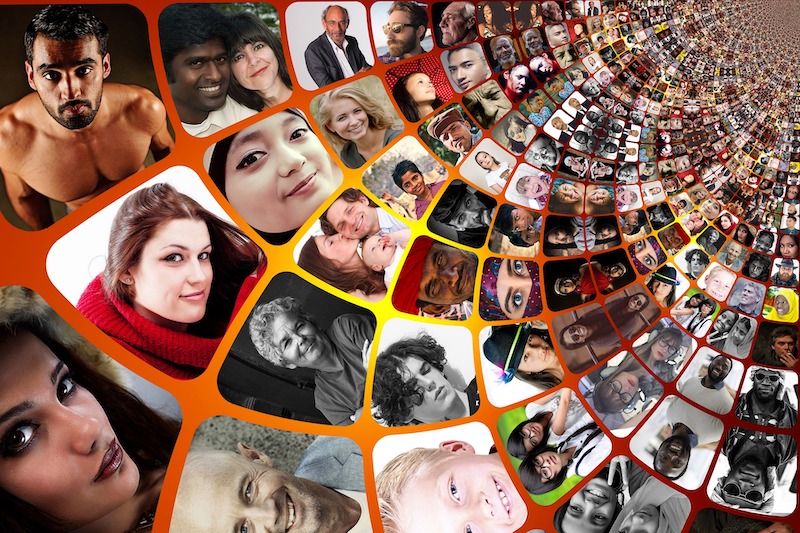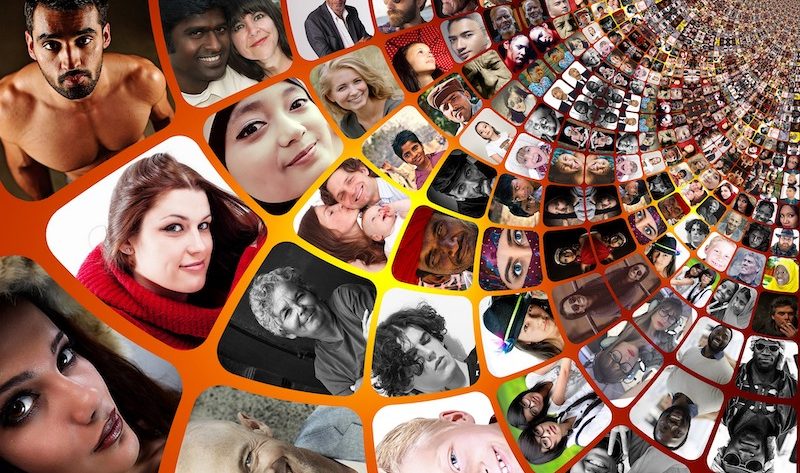ACTO is committed to creating diversity, inclusion and belonging in the coaching profession through calling forth, honoring and inviting the uniqueness of all individuals and diverse life experiences.
In support of this stand, we acknowledge and are committed to eliminating the negative impact of personal and systemic bias, privilege and oppression, which may be conscious or unconscious, intentional or unintentional, overt or subtle. 
As coach trainers, we are tasked with creating the future of the coaching profession. We commit to providing dialogue, learning and resources and to cultivating personal and organizational responsibility in alignment with this stand, at ACTO, for each of our students, members and member organizations.
In keeping with this stand, we are seeking to develop a common language and explore opportunities. A book was recommended, “How to Be an Antiracist” by Ibram X. Kendi. This book addresses many aspects of racism and bias.
The chapters and key points of the book include:
My Racist Introduction – great insight into the insidiousness of racism
1. Definitions – racist versus anti-racist backed with stories that highlight the meaning
2. Dueling Consciousness – exploring assimilation, segregation, and antiracism
3. Power – explores the existence of power based on race and other factors
4. Biology – includes the quote “that in genetic terms, all human beings, regardless of race, are more than 99.9 percent the same”
5. Ethnicity – stories about an additional divide and focus of more racism
6. Body – starts with the definition: “one who is humanizing, deracializing, and individualizing nonviolent and violent behavior” and gives stories about how color endangers because of racism
7. Culture – a call to equalize cultural differences among racial groups
8. Behavior – recognizing that individual behavior is just that
9. Color – an additional level of racism
10. White – starts with the definition of an anti-white racist and explains how racism is against the interests of all
11. Black – starts by defining Powerless Defense stating, “The illusory, concealing, disempowering, and racist idea that Black people can’t be racist because Black people don’t have power” plus describes the impact of differentiation between black and nigger
12. Class – exploring the intersection of class and race
13. Space – the influence of race, bad and good, in different spaces
14. Gender – explores both gender bias and the complications of race-gender bias and states to be truly antiracist is to be feminist and to be truly feminist is to be antiracist
15. Sexuality – explores biases and the intersection with race and includes a commentary on detaching homophobic from heterosexual, sexism from men, feminism from women, racist from white, and antiracist from black
16. Failure – states “To fight for mental and moral changes after policy is changed means fighting alongside growing benefits and the dissipation of fears, making it possible for antiracist power to success. To fight for mental and moral change as a prerequisite for policy change is to fight again growing fears and apathy, making it almost impossible for antiracist power to succeed.” and “When we fail to gain support for a protest, we blame the fearful rather than our alienating presentations.” then “The most effective demonstrations … help people find the antiracist power within.”
17. Success – exploring racism as terminal and curable with the steps for the author noted on page 226 as an example for all
18. Survival – includes a powerful awareness that the source of racist ideas is self-interest and asks, “What if we treated racism in the way we treat cancer?” The analogy is built out fabulously. Then the statement, “before we can treat, we must believe.”
Acknowledgments, Notes, Index
The Good:
An authentic exploration through experience of so many crucial conversations.
The Bad:
It is missing what each individual can do to be part of the cure.
Conclusion:
A great book and excellent foundation for working together to create the right change.



